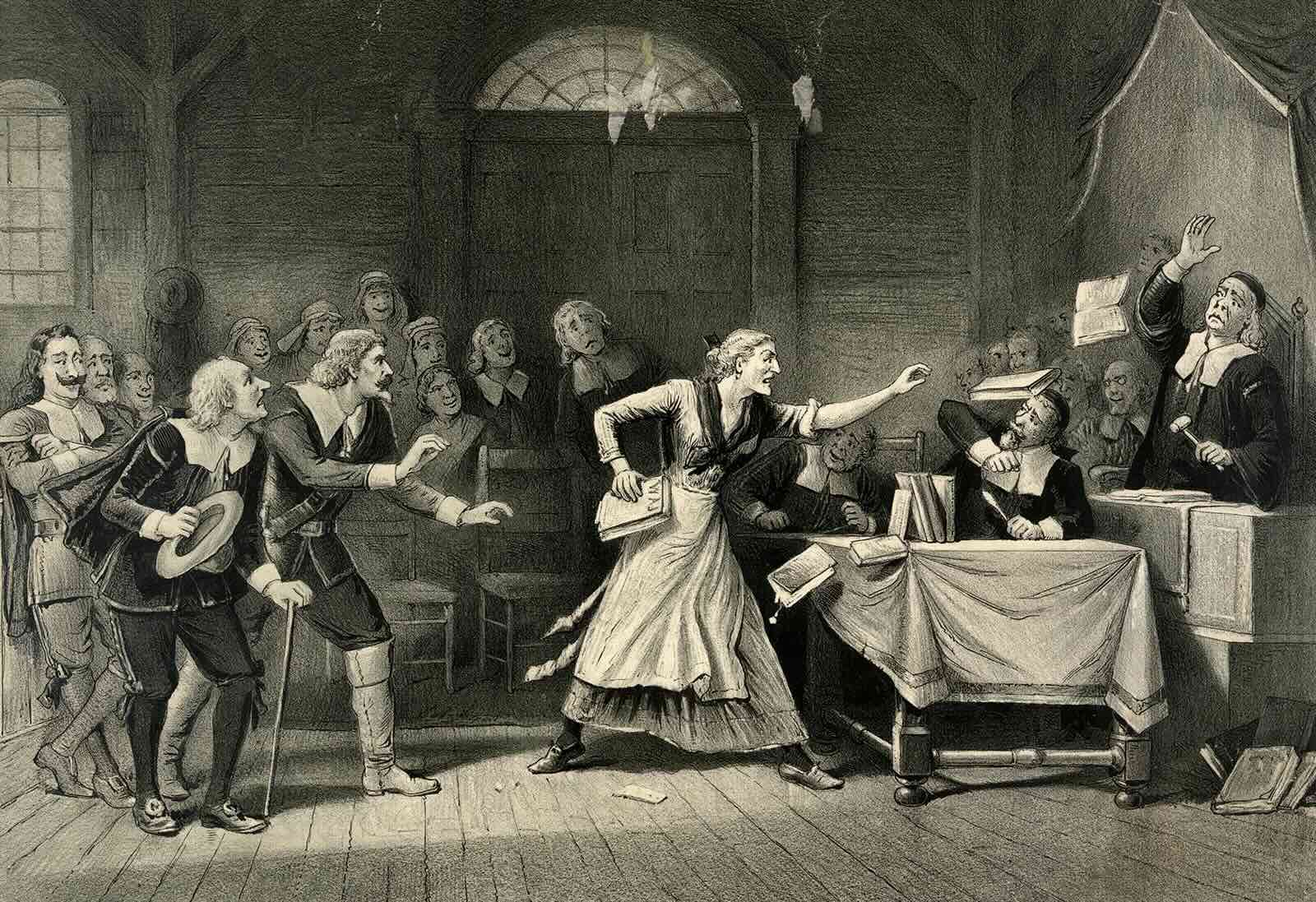
What were the Salem witch trials? The Salem witch trials were a series of hearings and prosecutions of people accused of witchcraft in colonial Massachusetts between February 1692 and May 1693. These trials resulted in the executions of twenty people, most of them women, and the imprisonment of many others. The hysteria began when a group of young girls in Salem Village claimed to be possessed by the devil and accused several local women of witchcraft. The ensuing panic and legal proceedings highlighted the dangers of isolation, superstition, and the lack of due process. This dark chapter in American history serves as a powerful reminder of the consequences of fear and ignorance.
The Salem Witch Trials: A Dark Chapter in History
The Salem witch trials remain one of the most infamous episodes in American history. These trials, which took place in 1692, were marked by hysteria, fear, and a tragic miscarriage of justice. Here are some intriguing facts about this dark period.
-
The trials began in the Puritan settlement of Salem Village, now known as Danvers, Massachusetts.
-
The hysteria started when two young girls, Betty Parris and Abigail Williams, began exhibiting strange behaviors and fits.
-
The first three women accused of witchcraft were Sarah Good, Sarah Osborne, and Tituba, a slave from the Caribbean.
-
Tituba confessed to practicing witchcraft, likely under duress, and her confession fueled the hysteria.
-
The trials were conducted by a special court known as the Court of Oyer and Terminer, established specifically for this purpose.
The Accused and Their Fates
Many people were accused of witchcraft during the Salem witch trials. Here are some facts about those who were accused and their ultimate fates.
-
A total of 200 people were accused of practicing witchcraft during the trials.
-
Nineteen people were hanged on Gallows Hill, a barren slope near Salem Village.
-
One man, Giles Corey, was pressed to death with heavy stones for refusing to enter a plea.
-
Several others died in jail while awaiting trial or execution.
-
Most of the accused were women, but men were also targeted.
Causes and Consequences
Understanding the causes and consequences of the Salem witch trials helps to shed light on why this tragedy occurred.
-
The Puritans' strict religious beliefs and fear of the devil played a significant role in the hysteria.
-
Social tensions, including disputes over property and local politics, contributed to the accusations.
-
The trials ended when Governor William Phips intervened and dissolved the Court of Oyer and Terminer.
-
In 1693, the remaining accused were released, and the trials were declared unlawful.
-
The Massachusetts government later admitted the trials were a mistake and compensated the families of the accused.
Cultural Impact and Legacy
The Salem witch trials have left a lasting impact on American culture and history. Here are some facts about their cultural significance.
-
The trials have been the subject of numerous books, plays, and movies, including Arthur Miller's famous play "The Crucible."
-
Salem, Massachusetts, has become a popular tourist destination, with many attractions related to the witch trials.
-
The term "witch hunt" is now used metaphorically to describe unfair persecution or accusations.
-
In 1957, Massachusetts formally apologized for the trials, and in 2001, the state exonerated all those who had been convicted.
-
The Salem Witch Museum, located in Salem, offers exhibits and presentations about the trials and their historical context.
Modern Reflections
Reflecting on the Salem witch trials can teach us valuable lessons about justice, fear, and human behavior.
-
The trials are often cited as a cautionary tale about the dangers of mass hysteria and scapegoating.
-
They highlight the importance of due process and the presumption of innocence in the legal system.
-
The events underscore the need for critical thinking and skepticism in the face of unfounded accusations.
-
The trials remind us of the potential consequences of religious extremism and intolerance.
-
They serve as a powerful example of how fear and suspicion can lead to tragic outcomes.
-
The Salem witch trials continue to be studied by historians, sociologists, and psychologists to understand the complex interplay of social, cultural, and psychological factors that led to this dark chapter in history.
The Lasting Impact of the Salem Witch Trials
The Salem witch trials left a deep mark on American history. They showed the dangers of mass hysteria and the consequences of unfounded accusations. Over 200 people were accused, 20 were executed, and many lives were ruined. This dark chapter serves as a reminder of the importance of due process and rational thinking. The trials also highlighted the role of religion and superstition in shaping societal actions. Today, Salem embraces its history, attracting visitors eager to learn about this eerie past. The trials' legacy continues to influence literature, film, and popular culture. By remembering these events, we can strive to prevent similar injustices in the future. The Salem witch trials remain a powerful lesson in the dangers of fear and the importance of justice.
Was this page helpful?
Our commitment to delivering trustworthy and engaging content is at the heart of what we do. Each fact on our site is contributed by real users like you, bringing a wealth of diverse insights and information. To ensure the highest standards of accuracy and reliability, our dedicated editors meticulously review each submission. This process guarantees that the facts we share are not only fascinating but also credible. Trust in our commitment to quality and authenticity as you explore and learn with us.
